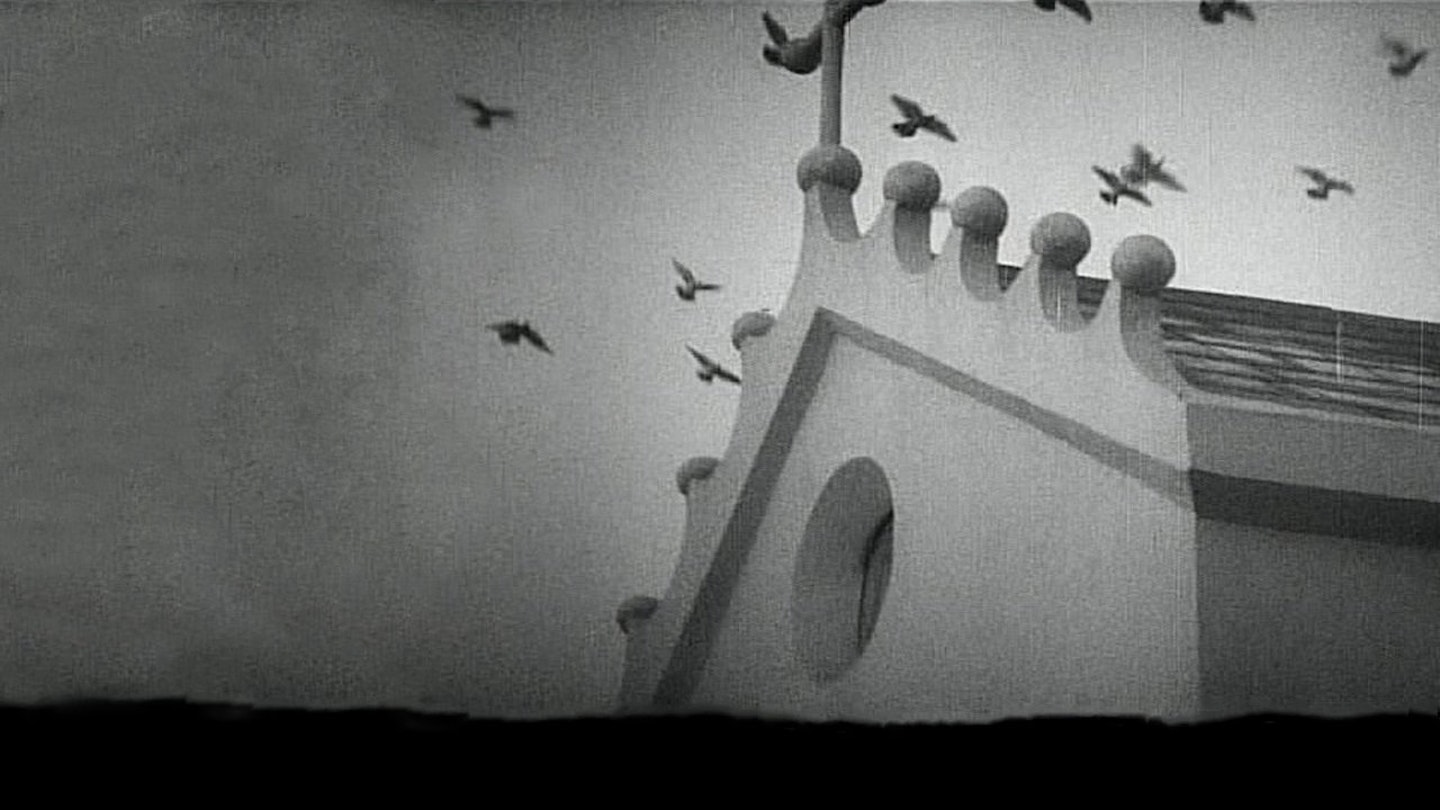Danish director Carl Theodor Dreyer supposedly chose this drama of a soul over biopics of Catherine de Medici and Marie Antoinette by drawing matchsticks. However, he soon became immersed in the material and spent months researching Joan of Arc's life before basing his screenplay - which compressed 29 sessions spread over three months into five in a single day - on Pierre Champion's 1921 version of the trial records.
Denied the opportunity to use sound, yet still armed with a budget of seven million francs, Dreyer commissioned art directors Hermann Warm and Jean Hugo to build a vast cement castle between Montrouge and Petit Clamart in the Parisian suburbs and hired an abandoned car plant at Billancourt to shoot his interiors. Ultimately, little of these imposing sets were seen, but Dreyer wanted his cast to experience an authentic medieval environment.
Lillian Gish was briefly considered for the title role before Dreyer saw Renée Falconetti in a boulevard comedy and was convinced that she has the ability to abstract from reality in order to reinforce its spiritual content'. He filmed her without make-up and reportedly treated her shabbily on set to elicit the right degree of persecuted suffering. But, whatever Dreyer's methods, her display of realised mysticism' clearly came from within and her sole screen appearance remains one of cinema's greatest.
Filming in strict chronological order, after extensive rehearsal, Dreyer often demanded countless retakes to capture precise emotions. Digging trenches to achieve low-angle perspectives, he had cinematographer Rudolph Maté shoot his typage cast with high-contrast lighting and in tight close-up to emphasise the expressions that best conveyed the unrelenting intensity of Joan's interrogation. However, this is far from the exercise in still photography that some have claimed, as Dreyer made subtle use of pans, tilts, subjective angles, cross-cutting and montage to place the viewer at the heart of Joan's ordeal, which was made all the more disconcerting by the absence of spatial certainty.
The Archbishop of Paris demanded numerous cuts. Yet, despite positive reviews, the film proved a commercial failure and Dreyer disowned all subsequent reconstructions of what remains a deeply moving masterpiece.
